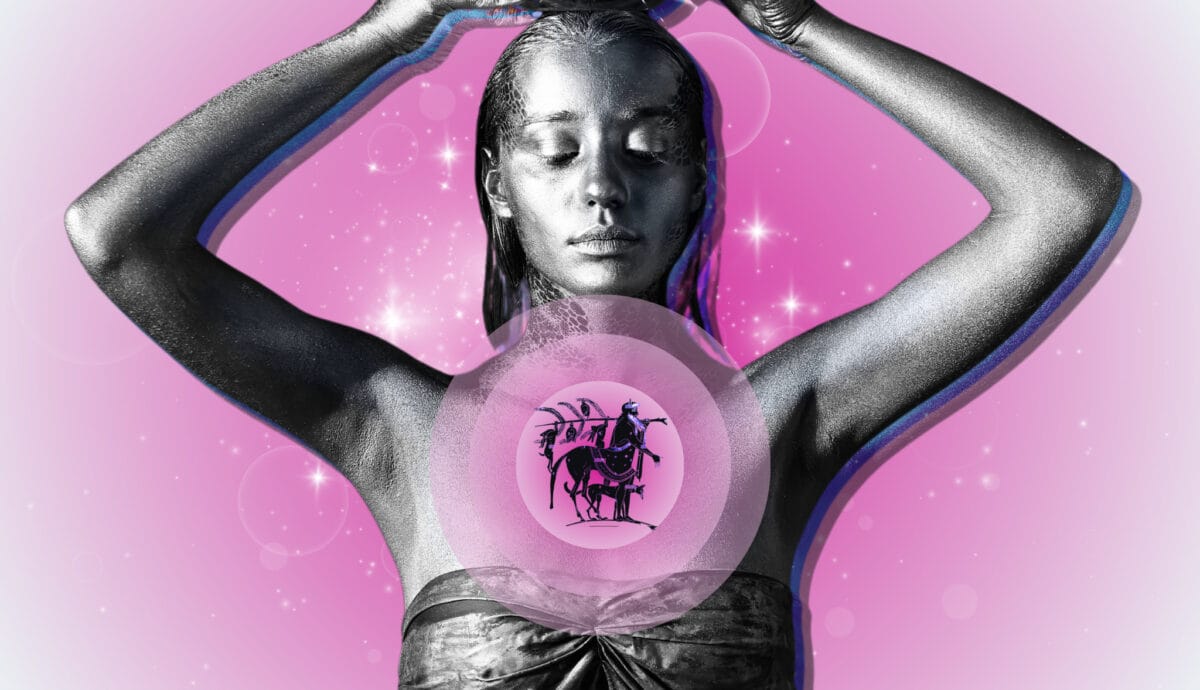The body seems to mend itself from illness and injuries without conscious effort. Yet when the mind wanders down a deep self-loathing abyss, it can get stuck there for years. Amidst serotonin-boosting drugs and clinical psychotherapy, millions still suffer from persistent depression. But within this reality, a more profound truth might be at play.
According to psychedelic therapists, researchers, and explorers, the mind doesn’t have to accept unyielding despair: all humans, they say, may have an ‘inner healer’ who can guide them to balance.
This article explores the concept of inner healing in psychedelic therapy, examining the theory, the debate, and the latest study testing its merits, led by Dr. Robin Carhart-Harris.
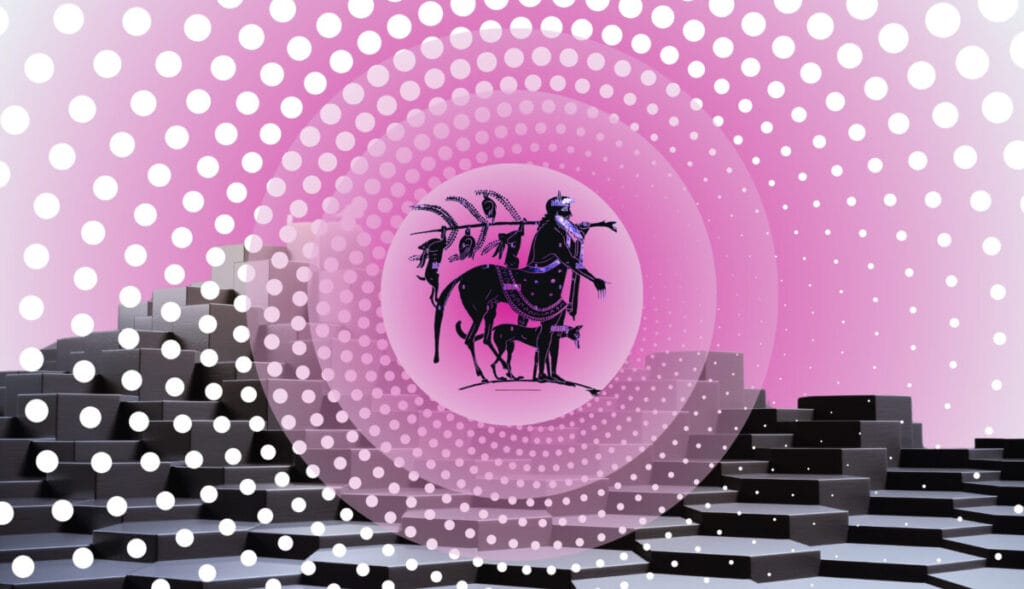
What is the Inner Healer?
According to leading psychedelic theories, the inner healer is “the innate capacity or wisdom of the self to guide its own healing process.”
The inner healer is the deep knowing that emerges from the subconscious to help people resolve emotional and psychological challenges. It empowers them to navigate back to their intrinsic wholeness.
The notion posits that just as the body naturally mends wounds, the mind can instinctively recover from depression, PTSD, anxiety, and all other imbalances when freed from habitual fears that command ordinary consciousness.
In the context of psychedelics, MDMA, psilocybin, and DMT facilitate access to this profound wisdom. And through therapeutic support, psychedelic explorers can safely self-direct their own transformation.
Psychedelic therapy sessions offer a safe haven for people to work through trauma and conditioning. The experience can create a unique bond between the therapist and client, akin to a healthy parent-child relationship, where the client feels open to exploring challenging topics.
Along the way, clients may reconnect with and soothe exiled parts of themselves, like the wounded inner child who unconsciously drives their habitual patterns. By soothing these traumatized parts, clients might experience greater ease, compassion, integrity, and flexibility in their daily lives.
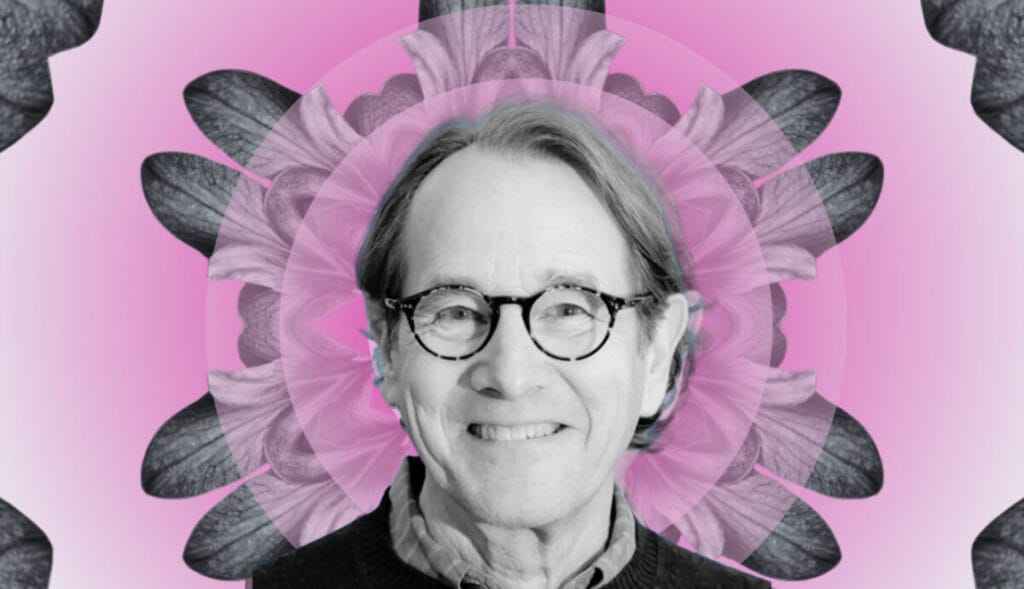
Modern Emergence of the Inner Healer in Psychedelic Therapy
Psychotherapist Dr. Michael Mithoefer was integral in spreading the inner healer theory throughout the psychedelic movement.
In a pivotal 2013 Bulletin published by The Multidisciplinary Association for Psychedelics Studies (MAPS), Mithoefer reflected on the mysterious nature of the mind and challenges in understanding how psychotherapy – be it MDMA-assisted or traditional approaches – really works. Rather than struggling for comprehension, he embraced the tension.
“We [as psychotherapists] strive to do rigorous science without losing sight of the remarkable richness of the process as we observe and participate in it,” Mithoefer said.
Inspired by psychologist Stanislav Grof’s transpersonal theories, Mithoefer asserted that psychotherapy wields effects across emotional, cognitive, physical, energetic, and spiritual levels. And that psychedelics’ pharmacological mechanisms play a role in the process. But he emphasized that the client’s inner healing pathway in relationship to the therapist and the medicine was the key to guiding transformation.
Mithoefer quoted psychedelic therapy patients in the article whose experience embodied the inner healer theory:
“I keep getting the message from the medicine, ‘trust me.’ When I try to think, it doesn’t work out, but when I just let the waves of fear and anxiety come up, it feels like the medicine is going in and getting them, bringing them up, and then they dissipate.”
“Maybe one of the things the drug does is let your mind relax and get out of the way because the mind is so protective about the injury,” he said.
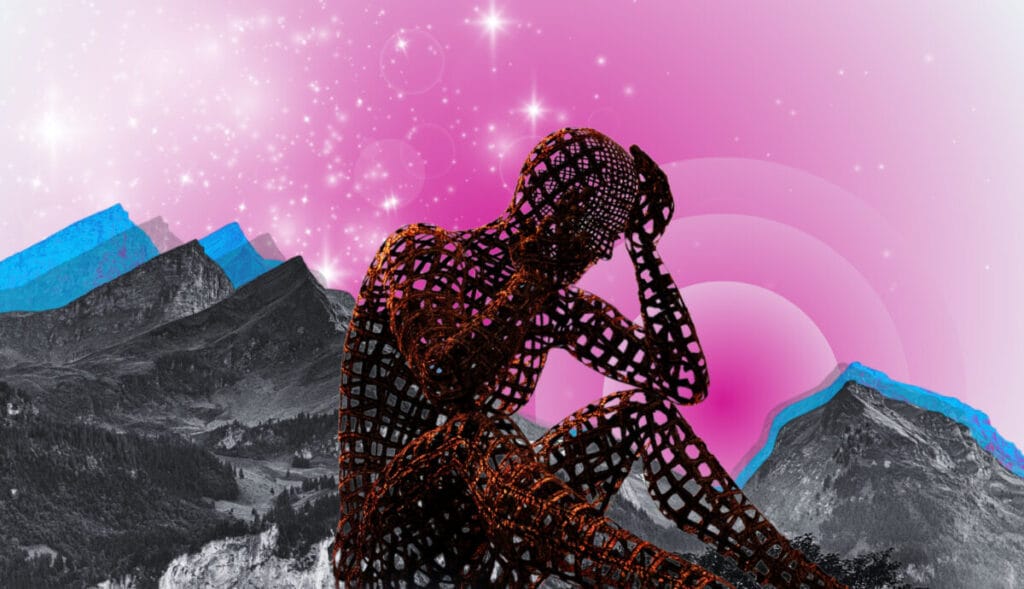
Adopting the Inner Healer Model
Psychedelic therapists have now widely adopted the inner healer model, following the 2013 Bulletin and MAPS’ subsequent MDMA-Assisted Psychotherapy Treatment Manual.
Co-authored by Dr. Mithoefer and MAPS Founder Rick Doblin P.h.D., the manual emphasizes prioritizing the patient’s wisdom over the therapist’s expertise. It provides instructions for practitioners to take a non-directive approach to psychedelic therapy. It invites clinicians to listen empathetically and encourages the patient to trust their own capacity to heal from trauma and inner child wounds. In underpinning the approach, the manual emphasizes respecting each patient’s ability to process painful memories on their own terms.
MAPS’ MDMA protocol is now with the FDA for a new drug application review. If approved, the inner healing pathway may be seminal to the first nationally regulated psychedelic therapy program.
Following MAPS’ lead, psychedelic therapy researchers, universities, training programs, educators, and practitioners have broadly adopted the inner-directed therapeutic approach. Even ketamine clinics have embraced the practice despite the dissociative compounds’ distinction from classic psychedelics.
Trusting the client’s inner guidance during psychedelic therapy is so ubiquitous the method appears in Colorado’s draft rules for psilocybin facilitators. Under the state’s Natural Medicine Act, practitioners must prepare clients for psychedelic sessions by advising them to trust their inner guidance, inner genius, the self, wise mind, soul, or spirit.
Unlike Colorado, Oregon doesn’t require psilocybin facilitators to employ inner healer models. However, the state’s service centers promote the approach, including Satya Therapeutics and Omnia Group.
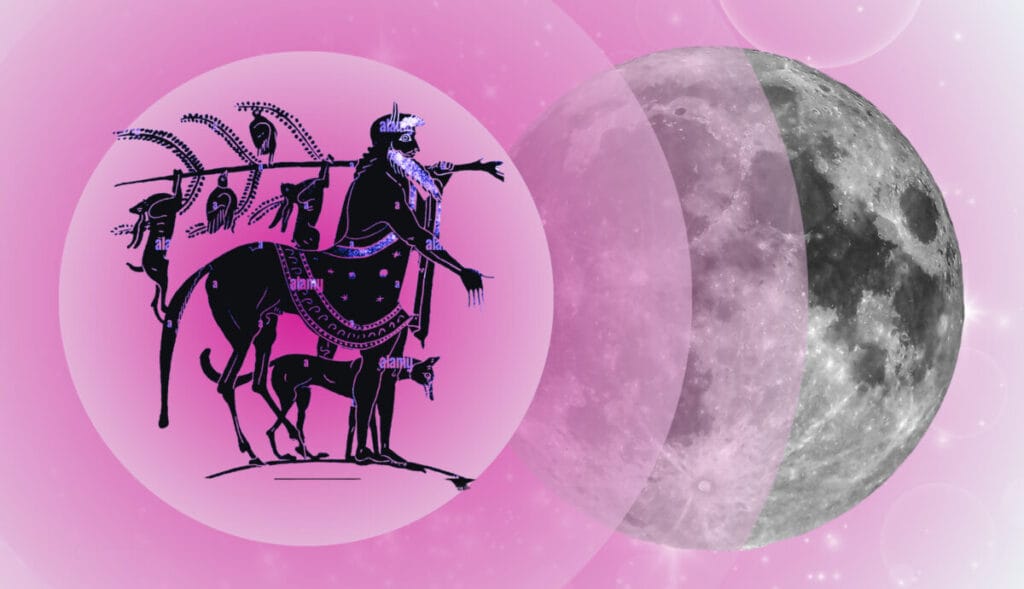
The Industry Debate
Despite widespread consensus, not every psychedelic proponent ascribes to the inner healer theory. A recent article challenged the notion that people possess this inherent capacity.
The critique raised several concerns about the inner healer’s scientific validity, coherence, and mystical undertones. It argued that attributing healing to unexplainable subconscious forces may oversimplify complex psychological processes, leading to pseudoscientific woo-woo practices. It also cautioned against inappropriately introducing spiritual-based therapies into tax-funded programs. Finally, the article pointed to the contradictory nature of a “self-led” process that requires significant intervention from therapists and hallucinogens.
Proponents of the theory, however, emphasize that therapists merely facilitate access to deep healing. But that they are not the source of the healing, per se. These practitioners believe that psychedelics serve as the prime catalysts for unlocking humans’ innate wisdom and that their role is to help people address unresolved wounds in a safe and supportive setting.
At the same time, proponents acknowledge that their perspective is steeped primarily in observation rather than empiricism.
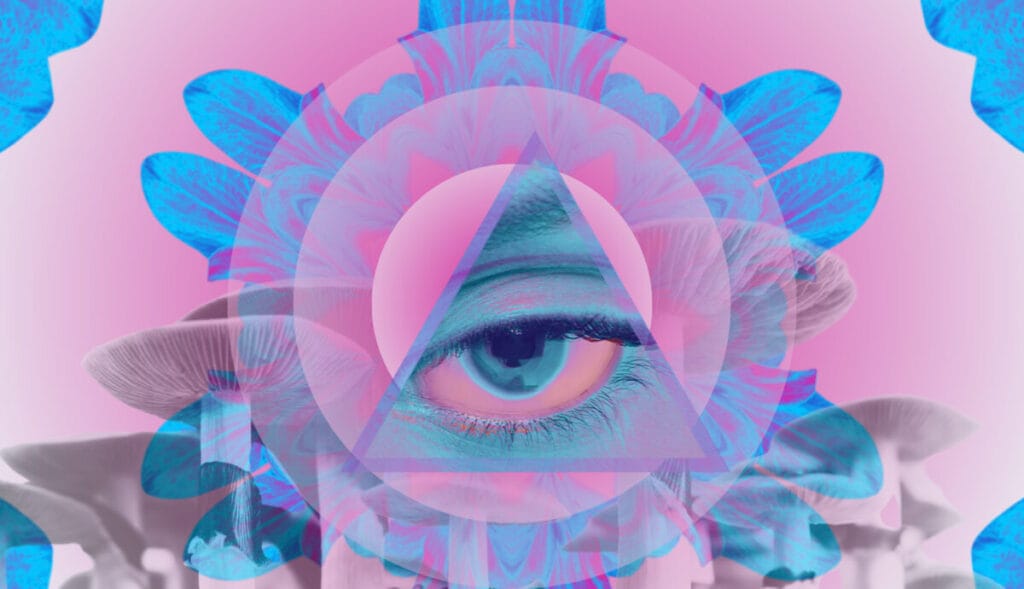
The Inner Healer Study
Famed psychedelic researcher Dr. Robin Carhart-Harris does not see the inner healer as mystical or supernatural. He believes in its credibility, publishing a placebo-controlled study, “Psychedelics and the ‘inner healer’: Myth or mechanism? to “deconstruct, test, and potentially validate” the concept.
The research randomly assigned 59 participants diagnosed with moderate-to-severe depression to two groups: one receiving high-dose psilocybin therapy and the other a placebo alongside the antidepressant, escitalopram. Both groups receive psychological support.
- Psilocybin therapy group: Participants received two high doses (25 mg) of psilocybin three weeks apart. They also received a daily placebo after the first dosing session.
- Escitalopram therapy group: Participants received two placebo doses (1 mg) of psilocybin three weeks apart. They also received daily escitalopram for six weeks. The dosage was 10 mg for the first three weeks and 20 mg for the last three.
After the sessions, participants completed an assessment called the “inner healer item,” where they rated the degree to which they strongly agreed or disagreed with the following statement:
“I felt like my body/mind/brain was healing itself, automatically/naturally/by itself.”
The Results
In the end, the high-dose psilocybin group was far more likely to report inner healer experiences compared to the escitalopram group. Additionally, higher inner healer scores within the psilocybin group marked greater declines in depression symptoms two weeks after the protocol. Additionally, patients who reported higher inner healer scores experienced more significant mental health outcomes, regardless of the self-reported intensity of the psychedelic effects.
Critics argue that the results might be skewed because the study focused solely on patient perspectives during medicine session days. It did not ask the escitalopram group about their inner healing experiences throughout the therapeutic protocol.
Additionally, according to the research team, the study did not empirically prove whether the inner healer feeling is an intrinsic, quantifiable neural mechanism or an event caused by subtle therapeutic guidance.
Still, the outcomes suggest that the inner healer construct, defined as “the belief that psychedelic compounds, plants or concoctions have an intrinsically regenerative action on the mind and brain…” is a substantive phenomenon worth investigating further using detailed scales and qualitative methods.
Enduring mental health may rely on this integrative approach.
Learn more about the inner healer theory and best psychedelic therapy practices in Psychedelics Today’s course, Navigating Psychedelics for Clinicians and Wellness Practitioners.
